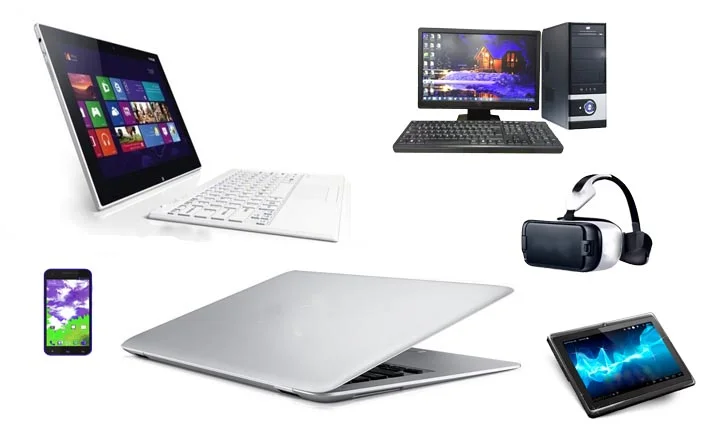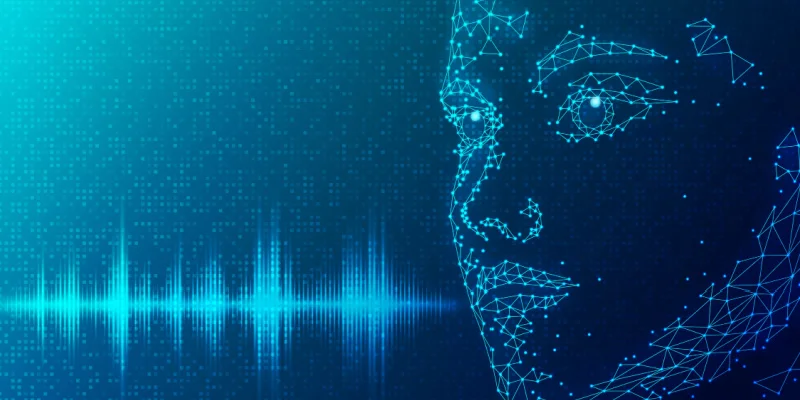Generation of Computers
We cannot imagine a world without computers, and the computer has become one of the most important tools in the world today! It benefits the business as well as the personal world by helping you save time and increase productivity. You can make use of a computer by creating and editing documents, sending emails and conducting online research. Computers have made it easy to stay connected.
The evolution of computers began during the 1940s. During these times, the first generation of computers was created. Since the 1940s, many experts have also developed other generations of computers. There are five generations of computers. In electronics terms, the term generation was used for differentiating between different types of hardware technologies. We have categorized the generations of computers in the following way-
- Computers of First Generation (1940 to 1956).
The first generation computer was made of glass, and the central technology was a vacuum tube. This generation’s computers were heavy and bulky. The primary purpose of these computers was storage, control and computing. The machines were bulky, and they occupied the entire room. Another drawback of these computers is that they use a lot of electricity. These computers conducted operations using machine language. The input was based on a punch card and a paper strip, and the output was displayed on a printout.
- Computers of the second generation (1956 to 1963).
These were second-generation computers, and they were developed using transistor technology instead of vacuum tubes. They were of a small size, and the calculation time was shorter than that of the first-generation computers. Transistors helped the computers perform powerfully and quickly. The languages used by the second-generation computers were ALGOL, FORTRAN, and COBOL.
- Computers of the third generation (1964 to 1971)
An integrated circuit is a microchip. It is a semiconductor wafer on which thousands of tiny resistors, capacitors, and transistors are fabricated. The third generation of computers was developed using the IC technology. The size of these computers was smaller than that of the second-generation computer. The calculation time of the third-generation computer was also much shorter. These computers consumed less power and also generated less heat in return. Ever heard of a semiconductor? It is a material that has conductivity between conductors and non-conductors. Thus, a semiconductor was used in the third generation of computers. This increased its efficiency and speed. During the third generation, the laptop became accessible to a large audience owing to its reasonable cost and small size.
- The computer of the fourth generation (1971- Present)
The fourth-generation computer made use of the microprocessor technology. The main advantage of this technology is that a single microprocessor chip can withstand all the required circuits for performing logic, arithmetic, and control functions. The computers made during this generation are small and portable. They generate a low amount of heat, and they are user-friendly. These computers are also capable of multiprocessing and multiprogramming. They brought the concept of computer networks and private computers. STAR 100, APPLE II, Alter 8800, and IBM PC are examples of the fourth generation computers.
- Computers of Fifth Generation (Present and Beyond)
The fifth-generation computers are based on parallel processing hardware and AI software. Artificial intelligence is booming and an emerging branch of computer science. Following are the main features of the fifth generation computer-
- Advancement in Parallel Processing.
- Advancement in Superconductor technology.
- Different types of multimedia features.
- Enhanced user-friendly interface.
- Compact computer.
- Use of optical fiber in circuits.
- Magnetic-enabled chips.
- Advancement in superconductor technology
The period from 2010 is considered to be the period of fifth-generation computers. Fifth-generation computers give high performance and have a high storage capacity. These computers are not only fast but also can perform multiple tasks at once. Some of the most advanced technologies are quantum computing, nanotechnology, and parallel processing. These computers are commercially available, and their features are integrated into many computing devices such as tablets, laptops, and cloud-based services. These computers have a myriad of applications such as smart home systems, data analytics, cyber security, healthcare diagnostics, virtual assistants and autonomous vehicles.
Conclusion
Today, computer is no less than a necessity in our day-to-day lives. All the different generations of computers from the first one to the fifth, we have seen growth, development and the progress of technology over the last couple of years. We have seen a spectrum of changes from the first generation of the computer to the fifth. Each version of the computer was better than the last! The fifth generation computer is dynamic, efficient and portable!








